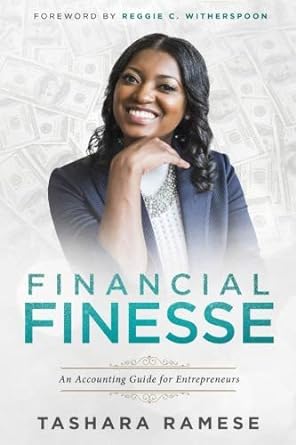Question
Orie and Jane, husband and wife, operate a sole proprietorship. They expect their taxable income next year to be $450,000, of which $250,000 is attributed
Orie and Jane, husband and wife, operate a sole proprietorship. They expect their taxable income next year to be $450,000, of which $250,000 is attributed to the sole proprietorship. Orie and Jane are contemplating incorporating their sole proprietorship. (Use the tax rate schedule.)
a. Using the married-joint tax brackets and the corporate tax rate, find out how much current tax this strategy could save Orie and Jane. (Round your intermediate calculations and final answer to nearest whole dollar amount.)
b. How much of the income should be converted into corporate income to maximize tax savings?
2020 Tax Rate Schedules
Individuals
Schedule X-Single
| If taxable income is over: | But not over: | The tax is: |
|---|---|---|
| $ 0 | $ 9,875 | 10% of taxable income |
| $ 9,875 | $ 40,125 | $987.50 plus 12% of the excess over $9,875 |
| $ 40,125 | $ 85,525 | $4,617.50 plus 22% of the excess over $40,125 |
| $ 85,525 | $163,300 | $14,605.50 plus 24% of the excess over $85,525 |
| $163,300 | $207,350 | $33,271.50 plus 32% of the excess over $163,300 |
| $207,350 | $518,400 | $47,367.50 plus 35% of the excess over $207,350 |
| $518,400 | $156,235 plus 37% of the excess over $518,400 |
Schedule Y-1-Married Filing Jointly or Qualifying Widow(er)
| If taxable income is over: | But not over: | The tax is: |
|---|---|---|
| $ 0 | $ 19,750 | 10% of taxable income |
| $ 19,750 | $ 80,250 | $1,975 plus 12% of the excess over $19,750 |
| $ 80,250 | $171,050 | $9,235 plus 22% of the excess over $80,250 |
| $171,050 | $326,600 | $29,211 plus 24% of the excess over $171,050 |
| $326,600 | $414,700 | $66,543 plus 32% of the excess over $326,600 |
| $414,700 | $622,050 | $94,735 plus 35% of the excess over $414,700 |
| $622,050 | $167,307.50 plus 37% of the excess over $622,050 |
Schedule Z-Head of Household
| If taxable income is over: | But not over: | The tax is: |
|---|---|---|
| $ 0 | $ 14,100 | 10% of taxable income |
| $ 14,100 | $ 53,700 | $1,410 plus 12% of the excess over $14,100 |
| $ 53,700 | $ 85,500 | $6,162 plus 22% of the excess over $53,700 |
| $ 85,500 | $163,300 | $13,158 plus 24% of the excess over $85,500 |
| $163,300 | $207,350 | $31,830 plus 32% of the excess over $163,300 |
| $207,350 | $518,400 | $45,926 plus 35% of the excess over $207,350 |
| $518,400 | $154,793.50 plus 37% of the excess over $518,400 |
Schedule Y-2-Married Filing Separately
| If taxable income is over: | But not over: | The tax is: |
|---|---|---|
| $ 0 | $ 9,875 | 10% of taxable income |
| $ 9,875 | $ 40,125 | $987.50 plus 12% of the excess over $9,875 |
| $ 40,125 | $ 85,525 | $4,617.50 plus 22% of the excess over $40,125 |
| $ 85,525 | $163,300 | $14,605.50 plus 24% of the excess over $85,525 |
| $163,300 | $207,350 | $33,271.50 plus 32% of the excess over $163,300 |
| $207,350 | $311,025 | $47,367.50 plus 35% of the excess over $207,350 |
| $311,025 | $83,653.75 plus 37% of the excess over $311,025 |
Step by Step Solution
There are 3 Steps involved in it
Step: 1

Get Instant Access to Expert-Tailored Solutions
See step-by-step solutions with expert insights and AI powered tools for academic success
Step: 2

Step: 3

Ace Your Homework with AI
Get the answers you need in no time with our AI-driven, step-by-step assistance
Get Started


